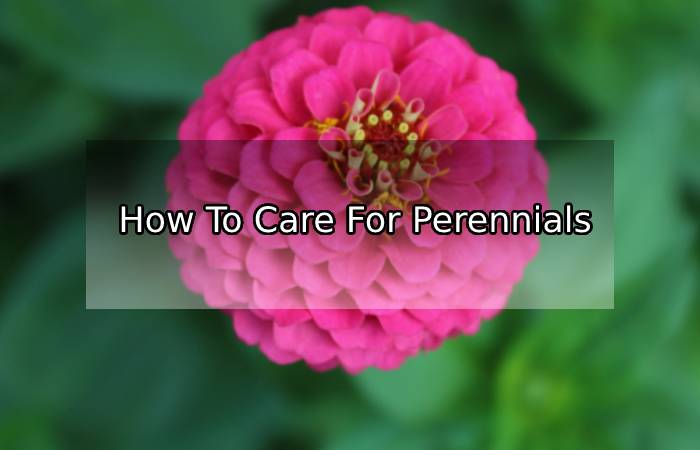
By correctly watering, fertilizing, mulching, and fighting off pests and disease, you can help your perennials grow into healthy adult plants with beautifully blooming flowers and attractive foliage.
Table of Contents
How to Water Perennials
The guidelines for watering perennials are essentially the same as for other types of plants. (See How to Water Your Garden)
How to Fertilize Perennials
Just like other plants, perennials need a variety of nutrients in their soil in order to thrive. You can help provide these nutrients by using fertilizers.
Because perennials flower for a short while but also need to maintain their foliage throughout the growing season, they need a complete fertilizer that provides good amounts of both phosphorous (for flowers) and nitrogen (for leaves). Never use a slow-release fertilizer with perennials. Perennials should be fertilized just twice a year:
- In early spring, when they first start the season’s growth
- A month after you first fertilize
For more information on fertilizers and specifics about the types of fertilizer that might work best in your garden, see How to Improve Your Soil )
How to Mulch Perennials
Mulch is any organic or inorganic material, such as wood chips or rocks, that is used as groundcover in garden planting beds. All plants benefit from mulch, which helps limit weed growth and keeps the soil from getting too hot or too cold. (For more on mulch, see How to Mulch Your Garden)
During the growing season, you should provide your perennials with a circle or surrounding “moat” of mulch that’s about 2–3″ deep. To ensure that the mulch layer doesn’t smother the perennial, though, make sure that the layer dwindles to bare ground around the spot where the plant’s stem emerges from the soil.
How to Fight Off Pests and Diseases
Like other plants, perennials can suffer from diseases and pest infestations. (For more on how to protect plants from pests and diseases, see How to Fight Garden Weeds, Pests, and Diseases)
